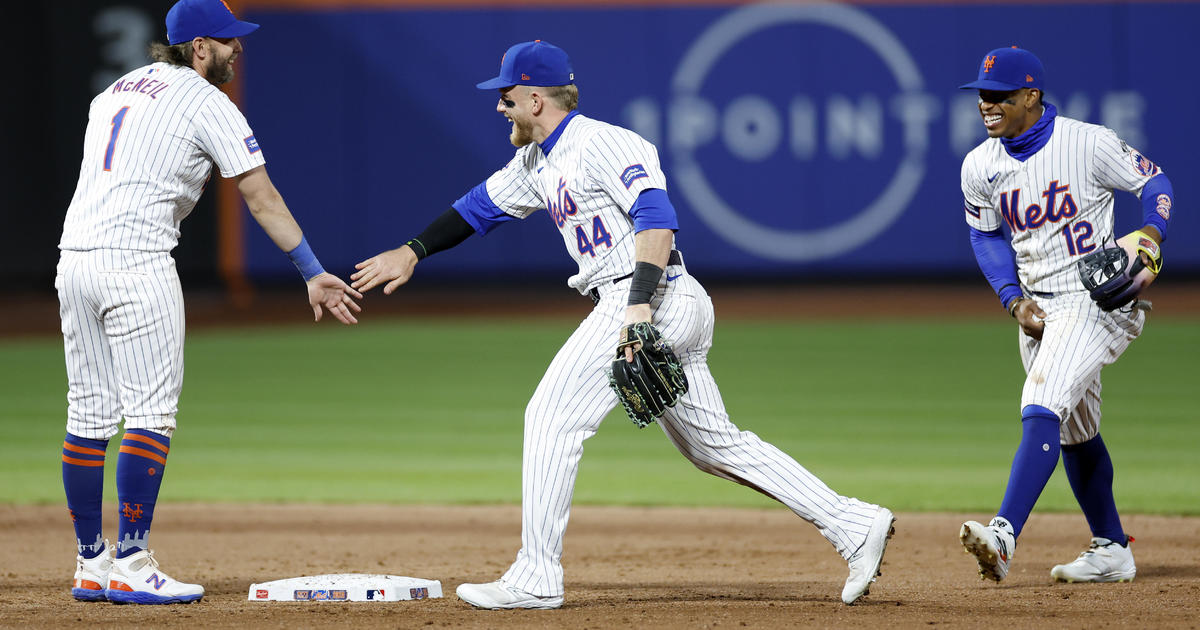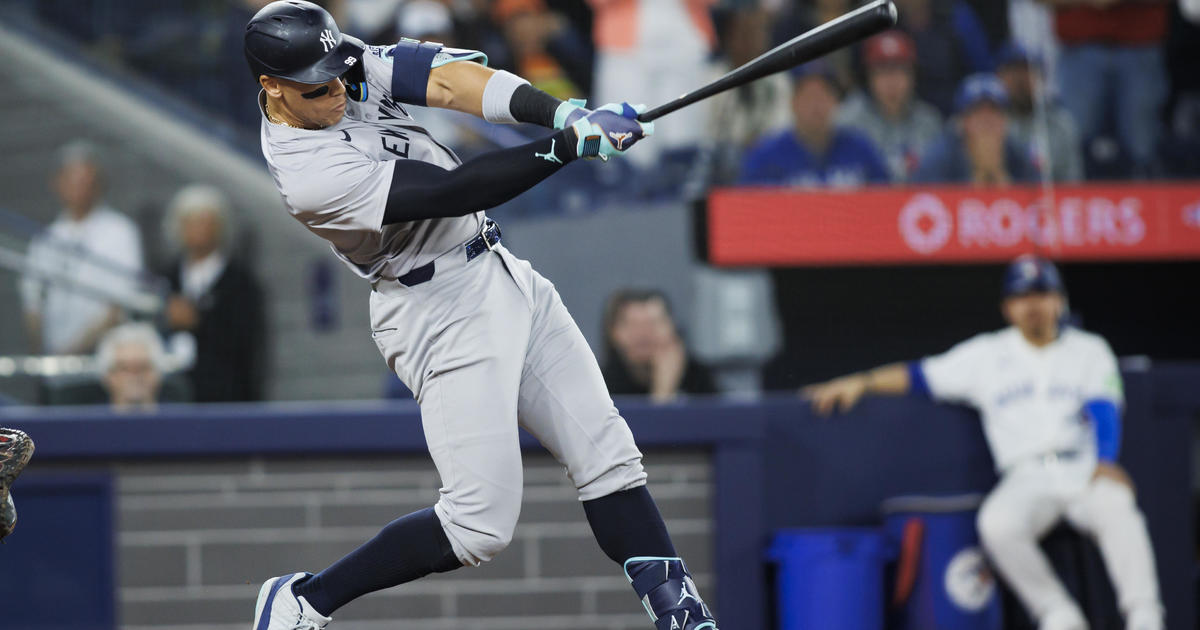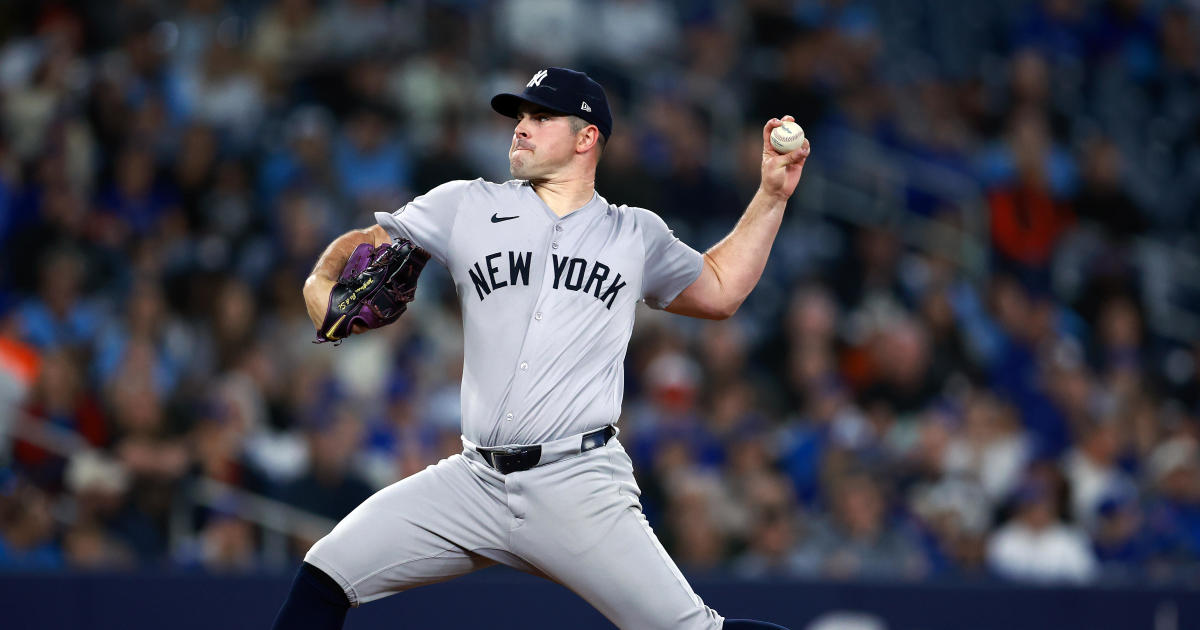Sims: Significant Risks Of Headfirst Slides Outweigh Questionable Rewards
By Abby Sims
» More Columns
Two recent MLB injuries due to headfirst slides should once again cause players to reevaluate the practice. The significant risks certainly outweigh the questionable rewards.
Outfielder Yasiel Puig is out of action for the Dodgers after spraining a thumb ligament in a headfirst slide on Saturday, and center fielder Billy Hamilton of the Reds jammed his middle finger when he was caught stealing on Friday and didn't play this weekend.
The headfirst slide may still be instinctive for some players who, in the moment, think it gives them a speed advantage. Though some in science back up the claim, even those who do recognize it does not offer an advantage over running through first base. The acceleration and forward momentum of running actually optimizes speed.
Of course, other studies refute the claim that the headfirst slide offers an advantage over the safer feet-first method. Regardless, it is pretty apparent that it isn't the way to go.
Sliding headfirst poses a far greater risk of serious injury because of the exposure of the head and neck. Anything from a concussion to a cervical strain or even spinal-cord injury might result, particularly when there is contact with a player blocking the path.
In addition, the propensity for upper-extremity injury is heightened, not only because of the mechanics involved and collisions that are likely, but also because these joints are more vulnerable than the sturdier joints of the lower body -- which have a greater preponderance of injury with feet-first slides. Even the abdominal muscles are at greater risk for strains with headfirst slides due to the outstretched position of the body.
Players clearly put themselves at risk of similar injuries when diving to make a play in the field. However, at least in these circumstances there is no contact with either a base or an opponent and the grass is a lot more forgiving than the base path.
On defense, it is the shoulder that probably risks the most. Keep in mind though that, just as in plays at first, in the outfield running speed trumps sliding for safety and probably even efficiency, though sometimes stretching it out is the only way to make the play. In the infield, however, there is often no alternative to diving to smother a ball to prevent a base hit or a hit from extending to extra bases.
Though the new rules regarding blocking the plate may temper the injuries caused by sliding into home (for both runner and catcher), sliding headfirst into home remains the most dangerous of options. A player might avoid the tag by presenting the smallest possible surface area to the catcher, but at what price?
*Please note that though reports stated Puig's injury was a "ligament strain," the correct diagnosis would be sprain. When overstretched or torn, ligaments are said to "sprain," while a similar injury to a muscle results in a "strain."
Though I haven't seen reports on the specific ligament that Puig injured, he probably has an injury to the ulnar collateral ligament (UCL), which is sometimes called "Gamekeeper's thumb." For more on that injury, take a look at a prior column.
*What does a jammed finger involve, you ask? Take a look here.
Follow Abby on Twitter @abcsims.
You May Also Be Interested In These Stories



